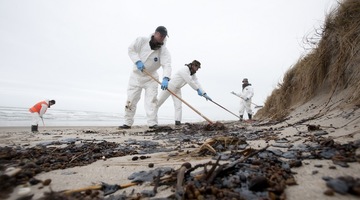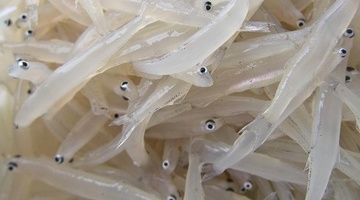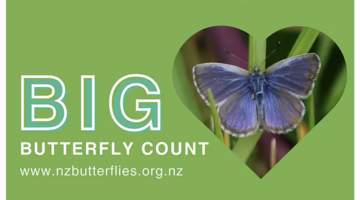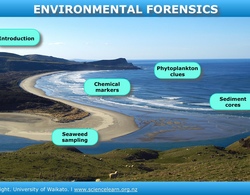

Researcher Cheri van Schravendijk-Goodman says that the wet, boggy places you see along the Waikato River as you drive north of Huntly towards the Bombay Hills may look like barren landscapes ...
READ MORE

Six Waikato River islands were returned to Waikato-Tainui through the 2010 Waikato River Settlement. Researcher Cheri van Schravendijk-Goodman (working for Waikato Raupatu River Trust) focuses on ...
READ MORE

Lorraine Dixon (who works for the Waahi Whaanui Trust) helped to develop the Ake Ake model – a teaching tool that helps hapū identify their needs, goals and aspirations. Cultural indicators can ...
READ MORE

In this activity, students consider short-term and long-term responses to an environmental disaster such as the Rena. By the end of this activity, students should be able to: describe what might ...
READ MORE

In this activity, students learn about eels and/or whitebait and how human activity has impacted on their lives. Students learn about obstacles these taonga face and about possible solutions ...
READ MORE

In this activity, students learn about the Ake Ake model and how it was used with iwi on the Waikato River in the Huntly area. Students then explore changes in their local environment from a ...
READ MORE

Come and visit Aotearoa New Zealand’s underwater world in this online citizen science project. Discover, count and identify unique fish species that live within our marine reserves ...
READ MORE

This New Zealand-based citizen science project collects data about butterflies in our gardens, schools, parks and farms – any location in the country or on the outer islands. This annual event – ...
READ MORE

FrogID is an Australian app that uses audio of frogs’ unique calls to identify various species and their locations. We can use it in Aotearoa New Zealand to record the location of introduced ...
READ MORE

With 75% of New Zealanders living within 10 km of the coast, many students will be familiar with estuaries. In scientific terms, estuaries are the interface between the land and the sea – the ...
READ MORE

It is necessary for teachers to adapt activities that are externally sourced and created by others to optimise their students’ opportunities for learning science. Activities are productive when ...
READ MORE

The Science Learning Hub has a selection of resources that have been translated into te reo Māori and a number of resources that feature both te reo Māori and English. Our webinar Opportunities ...
READ MORE
Researcher Cheri van Schravendijk-Goodman explains why wetlands are important for the health and wellbeing of the Waikato River. She likens wetlands to the function of kidneys in the body – a ...
READ MORE
Researcher and project manager Cheri van Schravendijk-Goodman describes some of the projects taking place in Whangamarino Wetland. Scholarship students have been given the opportunity to work ...
READ MORE
Researcher Cheri van Schravendijk-Goodman explains why some plants are considered pest plants within the Waikato River catchment. These plants invade the catchment area and often compete with ...
READ MORE

An interactive showing the lower Waikato River. Use the zoom-in feature to find some cultural and geographical connections to the river. Listen to iwi talking about what the river means to them ...
READ MORE

This interactive timeline highlights how students investigating the Oruarangi Stream engaged with the nature of science.
READ MORE

Dr Candida Savage explains the clues she collects in estuaries and fiords, to understand how changes in land use affect these environments. Click on the labels to watch the videos for more ...
READ MORE